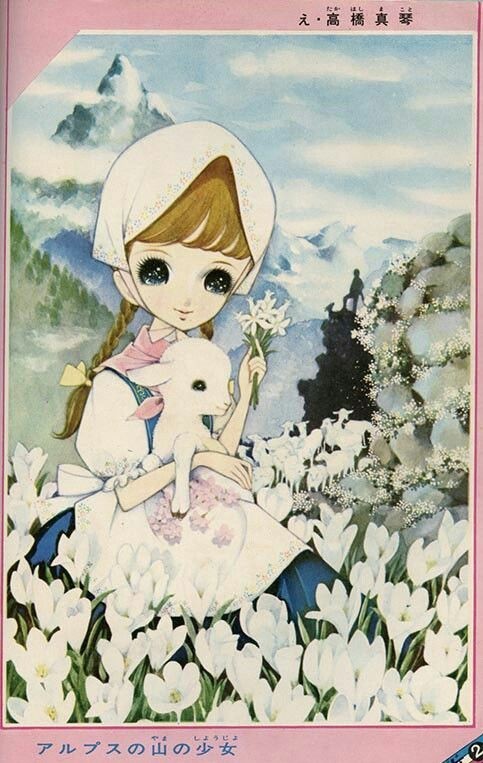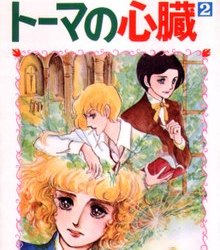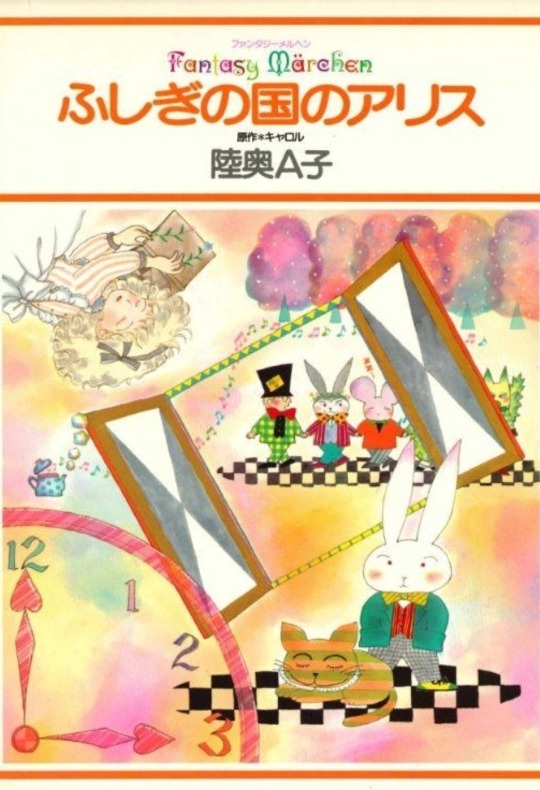#objects of pity so rich folks could feel better about themselves for offering meager aid
Explore tagged Tumblr posts
Text

Yeah, that's what I noticed when you listed Anne of Green Gables, Little Women, and even Dear Daddy-Long-Legs! They all have strong female leads and can be described as proto-feminist in a way that does often get diluted by adaptations, so people often get a very different view of the books if they never... they were progressive for their time!
Little Women has comforting stories of timeless familial love and funny little scrapes kids get into and squabbles with siblings, but also a tomboyish main character who wants to go out there and DO something to help her struggling family--something that isn't just the typical (marry rich to restore her down on their luck family to riches) method, although there's nothing wrong with that (that's Amy's method!), it's just too passive for Jo.
Even the more traditional and even religious aspects are beautifully framed--when Mrs. March is grossly disappointed in how Meg behaves at the party (Meg Goes to Vanity Fair), among the things she says to her, very calmly and evenly...

Western literature and shoujo manga.
If you're, like me, someone whose passion is old shoujo manga, you may have noticed that at least one or more of your favorite mangaka has written manga adaptations of famous American and European novels. But why ?
According to this essay by Kawabata Ariko and Murakami Riko, in the early 20th century, because there was no Internet, people had no choice but to rely on big bookstores to learn more about and to purchase foreign novels. It was therefore not common to read them. The Iena bookstore, located in Ginza, was a rare indie bookstore that sold art-related foreign books and, while unfortunately, the store has closed today, many shoujo mangaka remember going there often to look for reference material amongst foreign works.



Alice in Wonderland, Daddy Long Legs and Heidi translated in Japanese with covers by Setsuko Tamura in the 80s.
This other essay by Oogushi Hisayo states that foreign novels were only broadly introduced in Japan for young girls in the 30s. Famous girls' magazines (which are to be differentiated with shoujo magazines) such as Shoujokai (created in 1902), Shoujo no Sekai (created in 1906) and Shoujo no Tomo (created in 1908) started introducing Western literature in their issues from the 1930s to the 1940s. Works such as "The Little Princess", "Heidi", "Little Women", "Daddy Long Legs" and more were published in these girls' magazines, making them more known to the Japanese audience and resulting in shoujo manga adaptations in the following years.

Little Women illustrated by Nakahara Junichi in the Girls' magazine Shoujo no Sekai.
Three works in particular seem to have gained a lot of popularity in the 40s: "Little Women" by Louisa May Alcott, "Heidi" by Johanna Spyri and "Anne of Green Gables" by Lucy Maud Montgomery. All three are coming of age stories of young girls, and all three have one theme that seems to stand out: family. In the aftermath of WW2, many Japanese lost their families and many young children became orphans. In such times, novels that showcased happy families comforted Japanese readers. The popularity of these three works did not end in the 40s though, since in the 70s and 80s, all three got their 50 episodes anime adaptation in the Calpis Gekijou series (also known as World Masterpiece Theater), which, by the way, I highly recommend watching.
It is to be noted that these three works also became popular because they showcased independent and developed female leads, which has since then become a staple of shoujo manga itself, regardless of genre.



Heidi by Macoto Takahashi, Anne of Green Gables by Sakamoto Midori (1977) and Heidi by Watanabe Masako (1966).
In the 70s, a few mangaka published works that reminded critics of the "Bildungsroman". The Bildungsroman is a literary genre born in the 1800s in Germany, and it is a sub-category of the coming-of-age story. The Bildungsroman stands out from regular coming-of-age stories by focusing on the psychological and moral growth of its protagonist. Examples of that would be Moto Hagio with The Heart of Thomas in 1974 and Takemiya Keiko with Kaze to Ki no Uta in 1976 (though she never intended to write a Bildungsroman). The West was still shown in a more traditional version in these works, as both stories take place in old catholic boarding schools.
Similarly to how Audrey Hepburn, a Hollywood actress, was seen as a fashion leader in Japan (more about that on my other post about her influence on shoujo), Japanese people at the time had an idealized view of the West and anything from the Western world seemed fashionable and trendy. A great example of that is Sanrio. If you look at early Sanrio characters, a lot of them are from the West: Hello Kitty is British, the Little Twin Stars were inspired by Christmas, My Melody by the little red riding hood, Jimmy & Patty are American etc.
This view of the West began to shift in the 80s and the western literature that inspired shoujo mangaka started to change as well. Instead of comforting, idyllic stories about family life in a traditional American or European country side or stories taking place in traditional European catholic schools, manga inspired by more realistic and contemporary works started publishing. For example, Banana Fish by Akimi Yoshida (1985) draws inspiration from "A Perfect Day for Bananafish" by J.D. Salinger and two of Hemingway's works: "The Snows of Kilimanjaro" and "Islands in the Streams". All three of these focus on either modern issues like overconsumption or darker themes like death and loneliness. The change can also be seen in the gender and age of the protagonists. Instead of being about young teen girls that shoujo readers could identify with, Banana Fish is about adult men. The inspiration is also a lot more loose, and instead of an adaptation, there are only references to J.D. Salinger and Hemingway's works throughout the manga.



The Heart of Thomas by Moto Hagio (1974), Banana Fish by Akimi Yoshida (1985) and Alice in Wonderland by Mutsu A-ko (1983).
To conclude my post, I really wanted to include this line from the essay by Oogushi Hisayo: If America (can apply to the West as a whole) was once the backdrop of stories for those who yearned to read about "somewhere that is not here", it has, from the 80s onward, become the backdrop of stories for those who yearned to read about "the now and here".
#instead she goes out and does Jo type things to secure the money!#Daddy Long Legs#is also about a young woman who is being helped by a rich benefactor who previously only ever supported the education of boys#he was basically forced to finally support a girl picked a girl who wrote a very satirical piece about how she#hated Sundays because the orphanage would take her and the kids to sing all pitifully at churches and they'd be turned into#objects of pity so rich folks could feel better about themselves for offering meager aid#eventually they fall in love (after Judy sends many letters about her progress over years which he never replies to fff)#ARE YOU BALD?#people who won't read the classics because they're judging the issues and portrayals through a modern lens are missing out#classic shoujo#vintage#literature#children's books#Little Women#Dear Daddy Long Legs#Anne of Green Gables#Alice in Wonderland#Heidi
310 notes
·
View notes